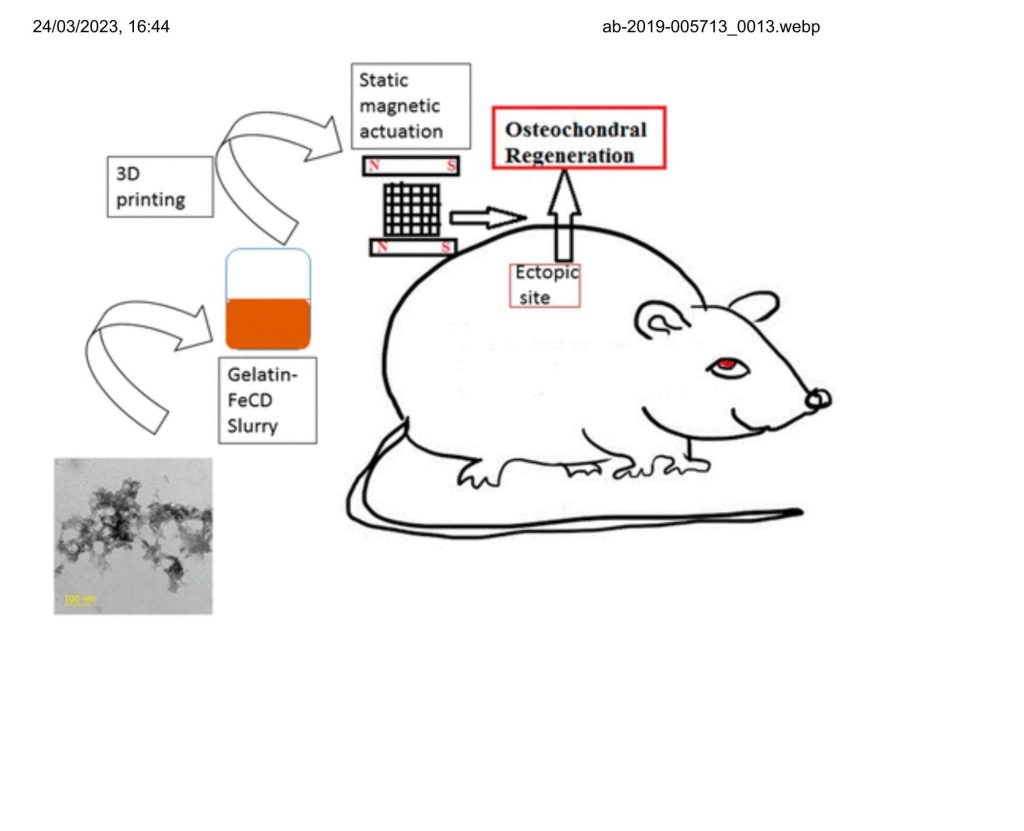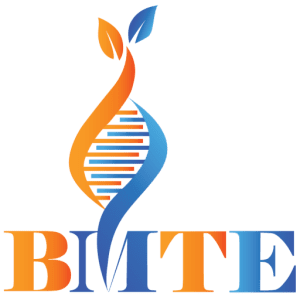
Super-paramagnetic iron oxide nanoparticles (SPIONs) have multiple theranostics applications such as T2 contrast agent in magnetic resonance imaging (MRI) and electromagnetic manipulations in biomedical devices, sensors, and regenerative medicines. However, SPIONs suffer from the limitation of free radical generation, and this has a certain limitation in its applicability in tissue imaging and regeneration applications. In the current study, we developed a simple hydrothermal method to prepare carbon quantum dots (CD) doped SPIONs (FeCD) from easily available precursors. The nanoparticles are observed to be cytocompatible, hemocompatible, and capable of scavenging free radicals in vitro. They also have been observed to be useful for bimodal imaging (fluorescence and MRI). Further, 3D printed gelatin–FeCD nanocomposite nanoparticles were prepared and used for tissue engineering using static magnetic actuation. Wharton’s jelly derived mesenchymal stem cells (MSCs) were cultured on them with magnetic actuation and implanted at the subcutaneous region. The tissues obtained have shown features of both osteogenic and chondrogenic differentiation of the stem cells in vivo. In vitro, PCR studies show MSCs express gene expression of both bone and cartilage-specific markers, suggesting FeCDs under magnetic actuation can lead MSCs to go through differentiating into an endochondral ossification route.


